EYE EXAMS
Seeing clearly is just one part of your overall eye health. It’s important to have regular eye exams whether or not you wear glasses or contacts, and even if your vision is sharp. Learn what problems can be spotted with an eye exam, what’s involved in a comprehensive exam, and special considerations for kids and contacts.


